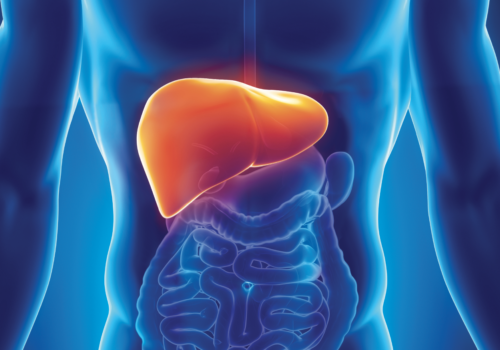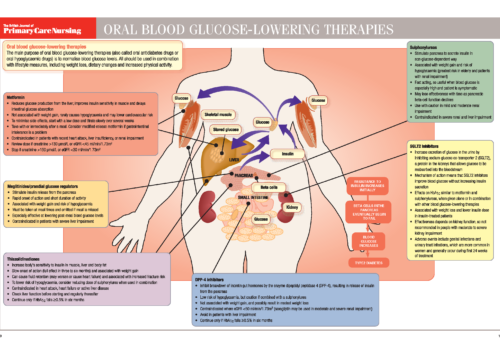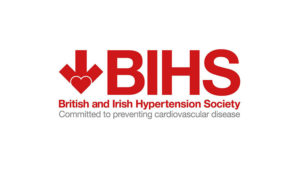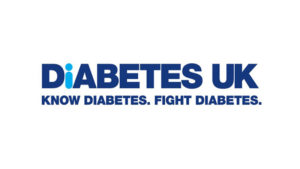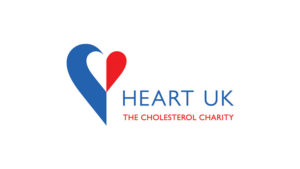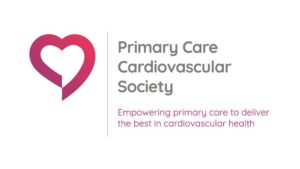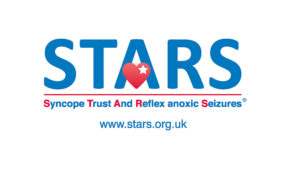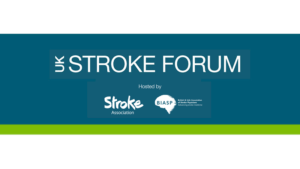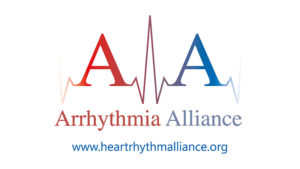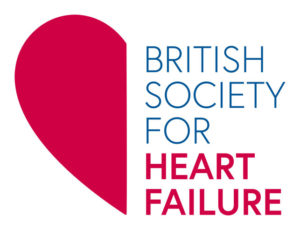Sending samples to the laboratory for investigation is so routine in primary care that it is easy to take these tests for granted. But, as this new series highlights, it is important to understand the purpose of each test and how to act on the results. This article examines thyroid function tests (TFTs), which are an essential part of diagnosing and treating thyroid disease.
British Heart Foundation – new support for practice nurses
The British Heart Foundation (BHF) is often seen as an organisation focused on patients. This is true, but along with major research, supporting healthcare professionals is also a vital part of our role. In the past we have worked mainly with specialists in secondary care, but now we are re-focusing our attention. For the first time, we are supporting primary healthcare professionals with education and training.
A primary care guide to chronic liver disease
Chronic liver disease is a problem for all of us. It develops silently, often taking many years to cause sufficient damage to be detectable or cause signs or symptoms for which a patient would seek attention. Primary care has a central role in improving the prevention and early detection of chronic liver disease. This special […]
In the balance: Testosterone deficiency and cardiovascular health
Male hypogonadism—also known as testosterone deficiency syndrome—occurs when the testes no longer produce enough testosterone. Testosterone deficiency may be an important factor in increasing a man’s cardiovascular risk. However, the symptoms are often overlooked in older men, both by primary healthcare professionals and by patients themselves.
After stroke: discharge is just the beginning
Like falling off a cliff’ or ‘falling into a black hole’. This is how stroke survivors and their carers often describe discharge from hospital back to their own home. Recognising this issue, the National Stroke Strategy recommended planned reviews to identify unmet needs for health and social care, and secondary prevention. This article discusses tools designed to help professionals to review the evolving needs of stroke survivors and their families.
Making sense of liver function tests
The liver has many functions, and therefore diseases of the liver have numerous consequences. These can be detected and monitored with blood tests. This article provides a review of liver function tests, or LFTs, and how they relate to the key functions of the liver and some of the most common liver diseases.
Reducing alcohol misuse and using audit tools in primary care
Excessive alcohol consumption has joined smoking and obesity as one of today’s major threats to public health. It is a major cause of liver disease, as well as a range of cancers, cardiovascular disease and mental illness. What’s the solution? We look at how primary care can identify patients who are drinking too much and what interventions can help.
Editorial
As practice nurses, our day at the surgery ends well when everything has gone smoothly and patients and colleagues have gone home happy. But we often feel the greatest sense of achievement when we have had to go beyond our usual routine to try a new approach to a problem, or do something that we never thought we could do.
Recognising the risk of familial hypercholesterolaemia
Familial hypercholesterolaemia (FH)—an inherited genetic defect that causes high blood cholesterol—often goes unrecognised. It is therefore under-diagnosed and poorly managed. This can have devastating repercussions for affected families, since premature deaths from heart disease can occur in people in their 40s or even younger. This article looks at the causes of FH, how to recognise those at risk and how to implement National Institute for Health and Clinical Excellence (NICE) guidance in practice.
Back to Basics: Oral blood glucose lowering therapies
Time to start insulin in general practice
General practices are under increasing pressure to initiate insulin in type 2 diabetes, as it would be more efficient for the health service and more convenient for most patients. There are many different approaches to starting insulin, but it is essential for practice nurses to work closely with patients and progress slowly to ensure successful and safe outcomes.


